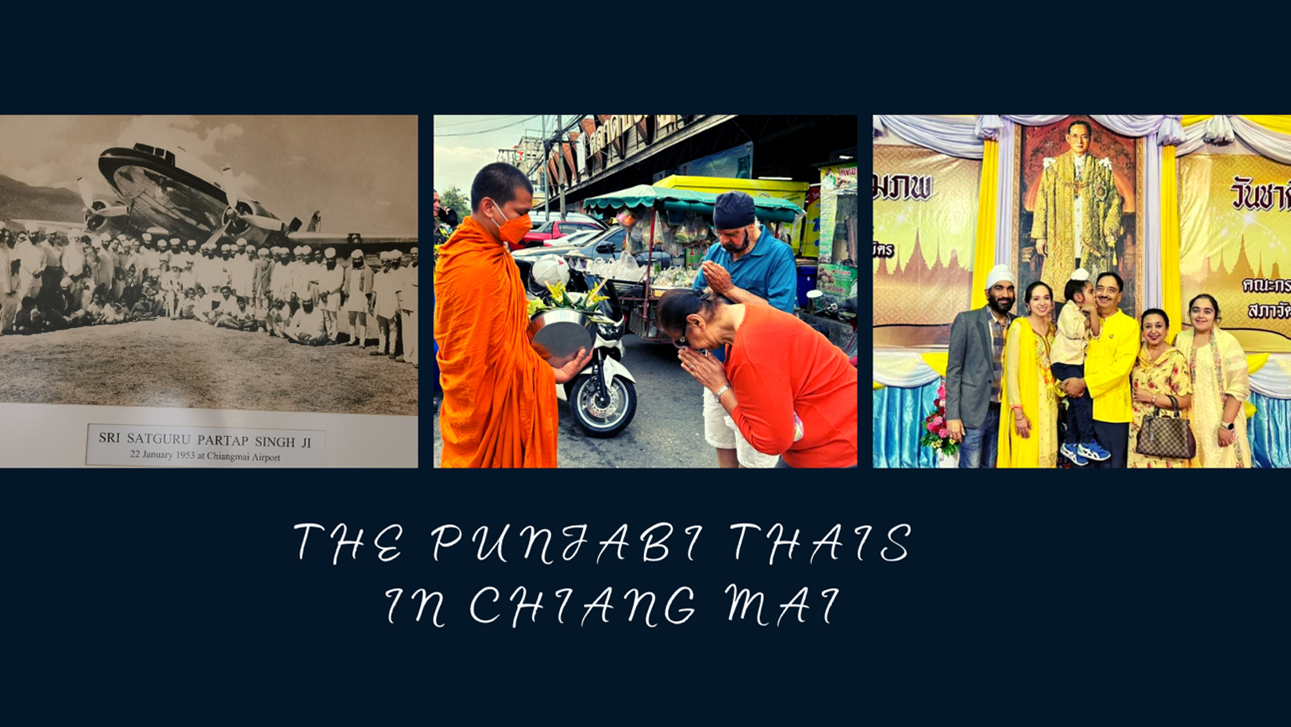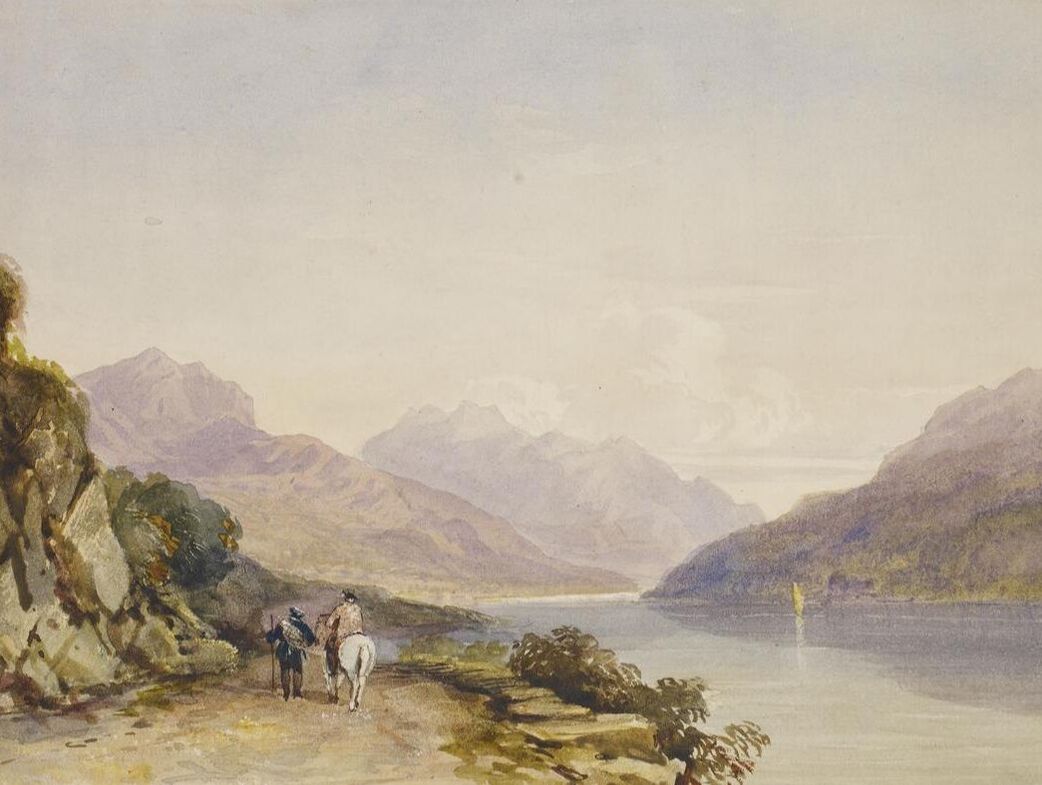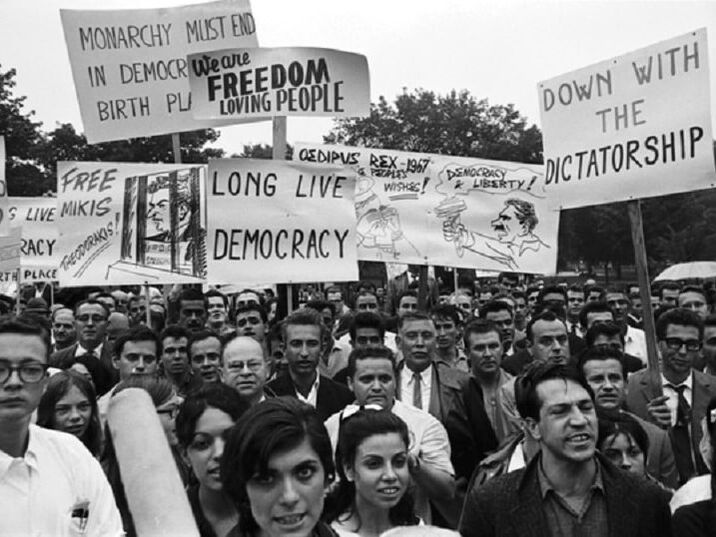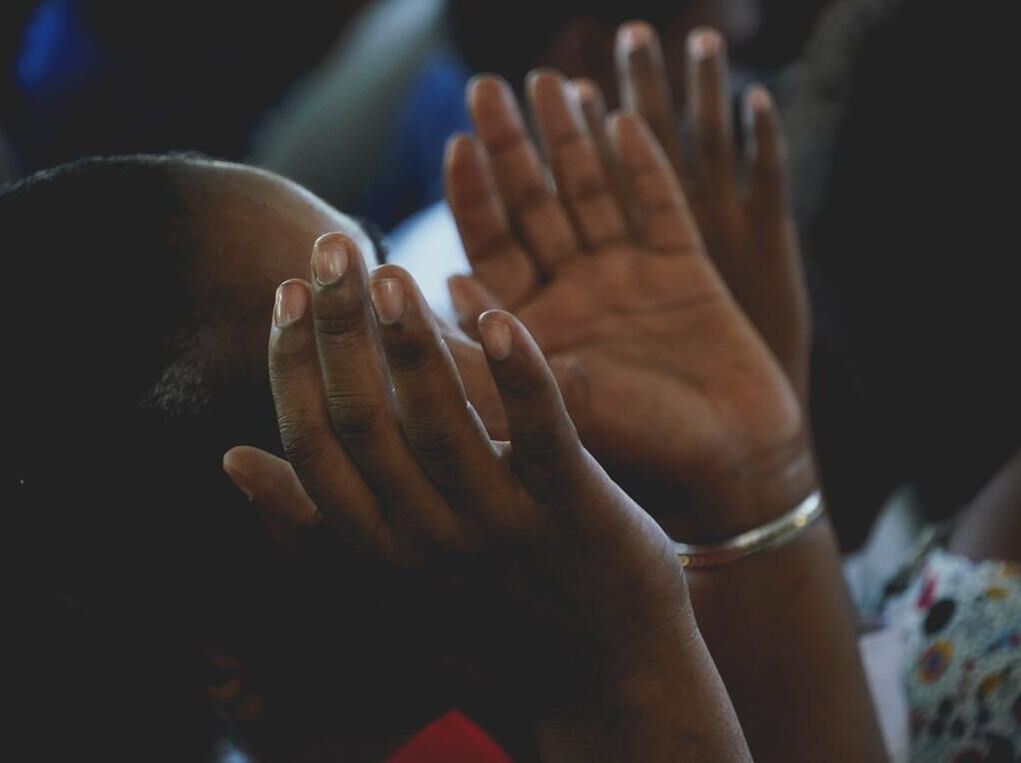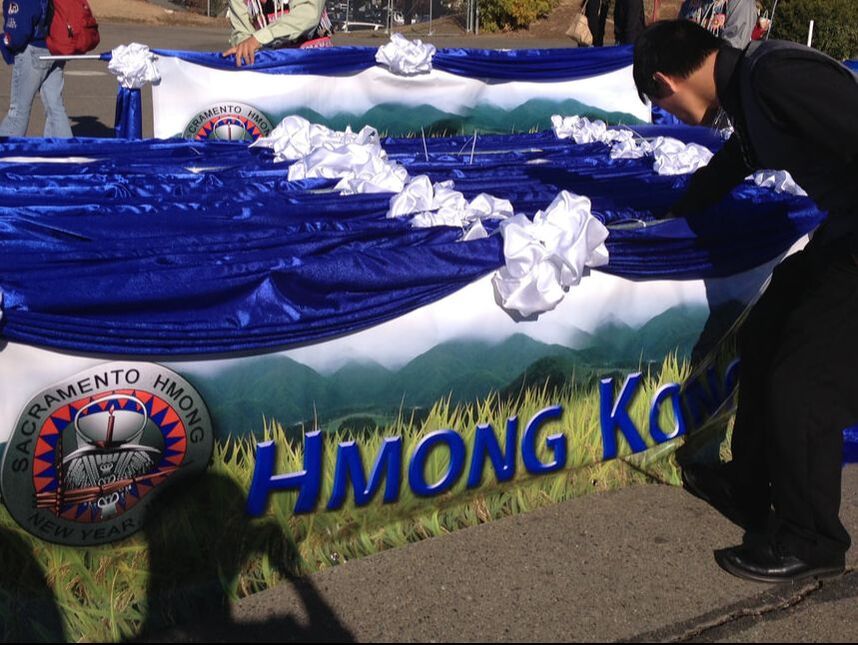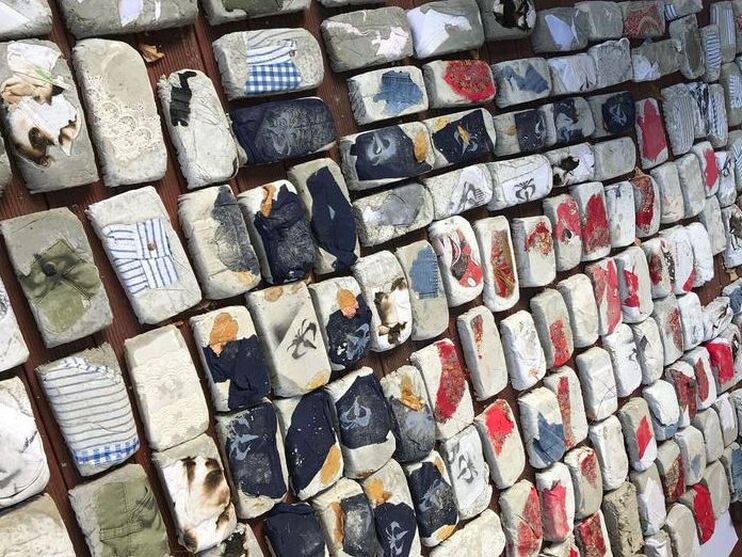|
|
|
What does a Thai person look like? How do expectations about citizenship create an ethicized cultural phenotype? In our Identities article, ‘Turbaned northern Thai-ness: selective transnationalism, situational ethnicity and local cultural intimacy among Chiang Mai Punjabis’, we explore family histories, selective transnationalism and regional Lanna identities among Thai citizens with Punjabi heritage and selective cultural identity. This article argues that Punjabi Thais maintain their networks and cultural connections with a historic ancestral homeland, but they also cultivate forms of local cultural intimacy in ways which leapfrog the linguistic and cultural hegemony of Thai national identity. In other words, despite their non-Thai appearance, these Punjabi Thais have deeply local cultural knowledge, speak Northern Thai language fluently and have Northern Thai cultural sensibilities.
Experiences of displacement and longing-for-a-home are very much rooted in the human condition. In this discussion I consider three books focusing on displaced people of distinct diasporas whose experiences, I believe, provide novel insights into not only what exile may mean but how it may, in different ways, condense time and space into symbols, meanings, and narrations of religious, political, or material significance. These include Thomas A. Tweed who approaches the experience of exile of Cubans in Miami by deciphering the material culture inherent in their pilgrimage site and meanings embedded in their rituals while mainly asking how diasporic religion and exile experience may be connected. Sara E. Lewis, meanwhile, explores the exile experience of Tibetan Buddhists in Dharamsala, India by looking into the local processes of resilience and recovery in the face of political violence while asking how human rights campaigns and foreign trauma discourse are situated within a form of life shaped by Buddhist ideals of downplaying personal suffering. Finally, Diana Allan analyzes the experience of exile of Palestinians in Shatila refugee camp in Lebanon, drawing our attention to the everyday material reality of their experience while raising the question of what it means for generations born in exile to aspire for a liberated land which they never left and how these refugees may resist against purely nationalist identities and ideals.
Due to the accessibility of the internet and the ability of online spaces to bring people together, platforms like social media sites and web forums have allowed globally dispersed communities to engage in conversations about identity and belonging. For my Identities article, ‘Connectivity, contestation and cultural production: an analysis of Dominican online identity formation’, I collected and analysed text data from a web forum that I call ‘DRLive’ to show the kinds of identity discourses that happen online. This site caters to all things Dominican Republic, with free and open forum pages where Dominicans and non-Dominicans participate in discussions covering numerous topics. Adding to work on diaspora, migration, and cultural production among Dominicans, I propose forums and other virtual spaces as additional sites where diasporic and non-diasporic Dominicans come together to talk about and challenge evolving interpretations of identity, history and cultural memory.
Cultural memory, which is defined as a collection of commonly shared historical moments and experiences, is passed on and shared over time by members of a nation. In the case of this forum, for example, I find that ‘the contrived historical narratives propagated in the Dominican Republic throughout the 19th and 20th centuries continue to inform how Dominicans in the country and in the diaspora interpret and construct Dominicanidad.’ Work on virtual spaces often seeks to address how migration might affect the maintenance of cultural memory, especially as second- and third-generation immigrant communities emerge far from their homeland.
You’ve heard the story: Our protagonist sets off on an adventure, overcomes perilous challenges and returns home a wiser, braver and more principled person. In my Identities article, ‘On the value of failing and keeping a distance: narrating returns to post-dictatorship Greece’, I offer a very different story of antiheroes, ambivalent adventures and fraught returns. Our protagonists were young people fleeing Greece during the dictatorship and returning home a decade later to rebuild their country.
Departures In the early hours of 21 April 1967, Athenians woke to soldiers and tanks in the streets and military music on the radio. The army had taken power overnight. Since the Greek civil war (1946–1949), left-wing Greeks lived under police surveillance, deprived of critical documents necessary for work and studies. With the new regime threatening incarceration of dissidents, our protagonists left for Canada. Some left urgently, others through prepared departures; some left with passports bought on the black market, others through ‘legitimate’ means; some jumped ship as young sailors at North American ports, others were sponsored by family members already living abroad.
In the 1930s, the retired British governess Mary O’Neill lived in Florence in the company of her female co-nationals. A close-knit diaspora of English aristocratic intellectuals and bohemians, they sought to spread English cultural traditions to the Italian masses. They tried to help ordinary Italians enjoy Shakespeare and Renaissance art, not only to dream about glamorous cars and other pleasures of the Jazz Age. Mary O’Neill and her friends greatly contributed to the upbringing and the artistic rise of the young Franco Zeffirelli. But did they manage to gain prestige within their Italian community? Known for their poignant wit, those expat women, whom the locals sarcastically called ‘Scorpions’, were, in fact, totally alienated from a wider Florentine community.
Depicted in Zeffirelli’s Tea with Mussolini, this story of cultural resilience finds a lot of resonance with diasporic reality today. In the large volume of studies on diaspora, an issue of concern is that many expats who speak culturally and civically on behalf of their homeland find zero reciprocity within their local community (Nye 2004; Watanabe and McConnell 2008). Why do highly intellectual expats, who seek to morally enrich their host society, often fail to be accepted by their local communities? This question is explored in-depth in our Identities article, ‘Reflections on diaspora and soft power: community building among female US expats in Southern Europe’, which looks at life experiences of highly educated US-national expat women in Italy and Greece from the 1990s to 2015. They all hold degrees from leading US universities. Many of them are married to local men. And all of them seek to spiritually invigorate their local communities by showing them how to take care of the public space, such as to clean streets from litter and set up shelters for stray dogs and cats. They see these as typical ‘North American civic values’ that they are teaching to their ‘unenlightened’ neighbours.
Scholarship on the different ways that international development is understood, accessed and engaged by various communities, is often contextualised by analyses of how these complex practices are communicated to (and received by) audiences. This includes established motifs of poverty and social deprivation in visual discourses of ‘charity’ and ‘need’ that abound literature, film, television and the social media of western democracies. Indeed, insights have also been drawn from quantitative and experimental measurements of people’s philanthropic propensities and attitudes towards ‘distant others’. While these are well established, less considered are the broader understandings of development that are informed by religion and faith subjectivities, especially for African diaspora communities engaged in international and local forms of development. Addressing this gulf in knowledge has important implications for the scholarly and programmatic application of development and attendant policy recommendations. This is especially true when recognising African diaspora identities as critical for engendering particular forms of cooperation and alliance with religious members of these communities. So too, how and to what extent their religious orientations shape and determine their different priorities, strategies and traditions of ‘help’ and ‘giving’ in and for their countries and communities of heritage.
As such, are we to assume that religion(s) and faith identifications are inconsequential or secondary to how diasporas participate in and negotiate understandings of international development? Or are they much more significant and constitutive than we think? Is there space for religiously informed interpretations of international development that move beyond its definitional and operational preoccupation with technocratic rationality to allow for new and extended conceptual possibilities? All these speculative questions and theoretical possibilities constitute the intellectual space within which my Identities article: '"An outward sign of an inward grace": how African diaspora religious identities shape their understandings of and engagement in international development’, is concerned.
By studying a Hmong community located in a rural village in Laos and their transnational families and relatives residing in California, I have learned that the surname-based, clan kinship system is not only critical for them to maintain their cross-border economic relationships and promote cultural traditions, but it has become hegemonic despite the salient generational and national differences between the two countries. For example, Hmong's clan identification has been the basis for the remarkable hospitality Hmong extend towards strangers and unexpected guests who are members of the same clan.
Many Hmong jokingly told me that I am technically 'Korean Hmong', because the English pronunciation of my Korean surname sounds identical to one of their eighteen clans. I came to wonder what makes Hmong clan kinship, based on a surname system, so dominant and inclusive that it allows Hmong to consider complete 'strangers' as family members and kin. Moreover, the strong emphasis on clan-based kinship causes Hmong to strictly adhere to the principle of clan exogamy (members of the same clan cannot marry or even become romantically engaged) and ethnic endogamy.
If we are to assume the Shakespearean platitude that 'the eyes are the windows of the soul', then it is not beyond our comprehension that visual images used by NGOs (non-governmental organisations) in their advertisements are carefully curated ideas over who or what is ‘seen’, and more importantly ‘how’ it is seen, and for whom. In today’s progressively changing and competitive media and communications environment, humanitarianism is now a profitable enterprise in our visual-as-currency economy.
On our television screens, in our social media applications and unsolicited pop-up email advertisements, and even among the rumpled pile of outdated magazines in the doctor’s waiting room, the public faces of the international aid and relief industry are seldom out of sight. Whether it is malnourished pot-bellied toddlers wearing western football memorabilia of seasons past, a despondent refugee mother in a displacement camp, or a vast horde of shaven-headed, undifferentiated Black and Brown masses in conflict zones, these images are the aesthetic currencies of commercialised suffering employed by humanitarian organisations to brand themselves and their strategic ambitions, and imbue western audiences with a philanthropic disposition. Visual representations are central to – and orbit around – the phenomenon and work of humanitarianism. When we think of humanitarian work, we often visualise much of the non-western, Black and Brown world. As image producers and disseminators, these organisations set the visual tone within which certain people and places are defined and comprehended – indeed, who (and what) they ‘are’, ‘aren’t’ and ‘ought to be’.
‘We know that they have sentiment [against] Chinese. The May 1998 fall is just ... an event that compounded whatever my mom ... whatever my parents say is really true.’ (Winarnita et al., 2018).
A recent interest in the growing Chinese-Indonesian diaspora has drawn attention to the powerful experiences of many women who were forced to leave Indonesia during the May 1998 riots. To avoid being raped, many Chinese-Indonesian families sent their daughters out of country to try and ensure their safety. Thousands of these women remain abroad, living as exiles in other countries. Our research on Chinese-Indonesian women in Singapore and Australia, as discussed in our Identities article, 'Narratives of exile twenty years on: long-term impacts of Indonesia’s 1998 violence on transnational Chinese-Indonesian women', uncovered many stories of exile and suffering. |
|
Explore Identities at tandfonline.com/GIDE |
|
The views and opinions expressed on The Identities Blog are solely those of the original blog post authors, and not of the journal, Taylor & Francis Group or the University of Glasgow.
